Montecassino
Montecassino is a relief of 516 meters above sea level, located in the southern part of the province of Frosinone and located to the west of the town of Cassino.
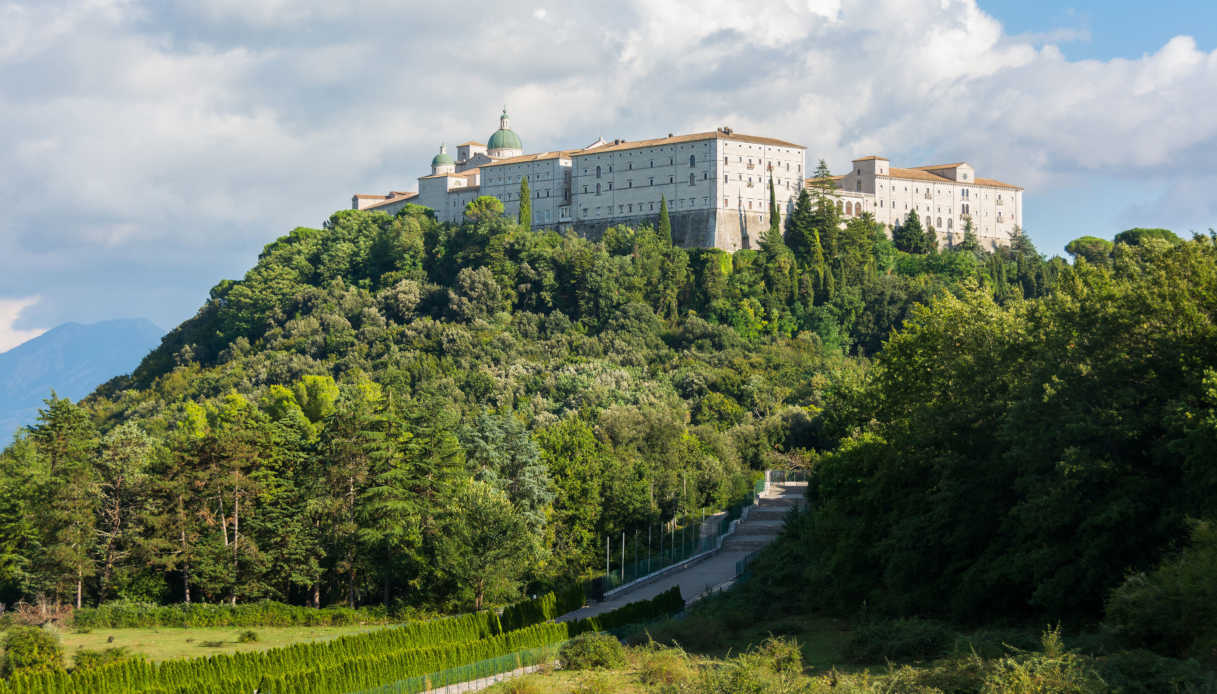
Around the year 529, St. Benedict of Norcia established his first monastery on this relief, from which the Benedictine order derived. It was for the community of Monte Cassino that the Rule of San Benedetto was composed.

The first monastery of Monte Cassino was sacked by the Lombard invaders around 570 and abandoned. Almost nothing is known about the first monastery. The second monastery was founded by Petronax of Brescia around 718, at the suggestion of Pope Gregory II and with the support of the Lombard duke Romualdo II of Benevento. It was directly subject to the pope and many monasteries in Italy were under his authority.

In 883 the monastery was sacked by the Saracens and again abandoned. The community of monks resided first in Teano and then from 914 in Capua before the monastery was rebuilt in 949. During the period of exile, the Cluniac Reforms were introduced into the community.
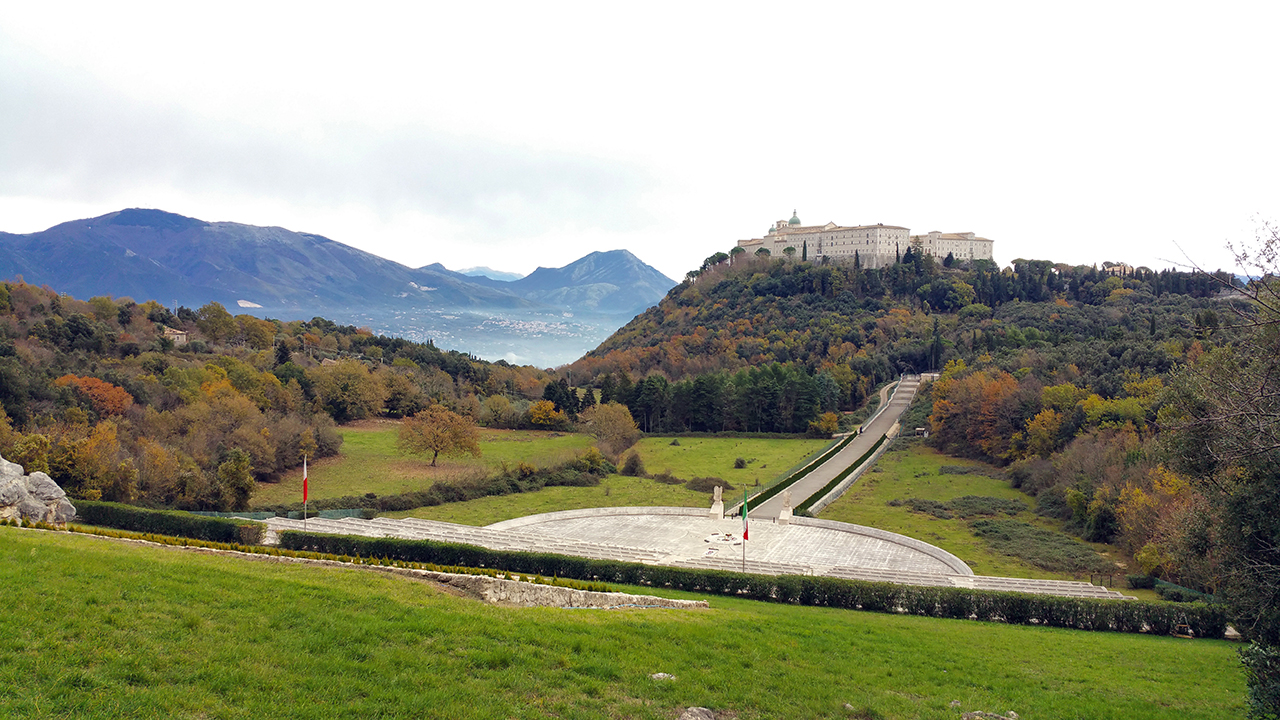
In March 960, a lay landowner denounced the monastery for the possession of some neighboring lands, which, however, he in turn considered his own. For the issuing of the sentence, the judges preferred to write the document, as well as in Latin, also in the vulgar language spoken in the principality of Capua, to be understood by some illiterate witnesses: it is the oldest document written in a vernacular Italian, the known "Placito capuano".

The 11th and 12th centuries were the abbey's heyday. He acquired a vast secular territory around Monte Cassino, the so-called Terra Sancti Benedicti ("Land of San Benedetto"), which he heavily fortified with castles. He maintained good relations with the Eastern Church, also receiving the patronage of the Byzantine emperors. He encouraged fine arts and crafts by employing Byzantine and even Saracen craftsmen.
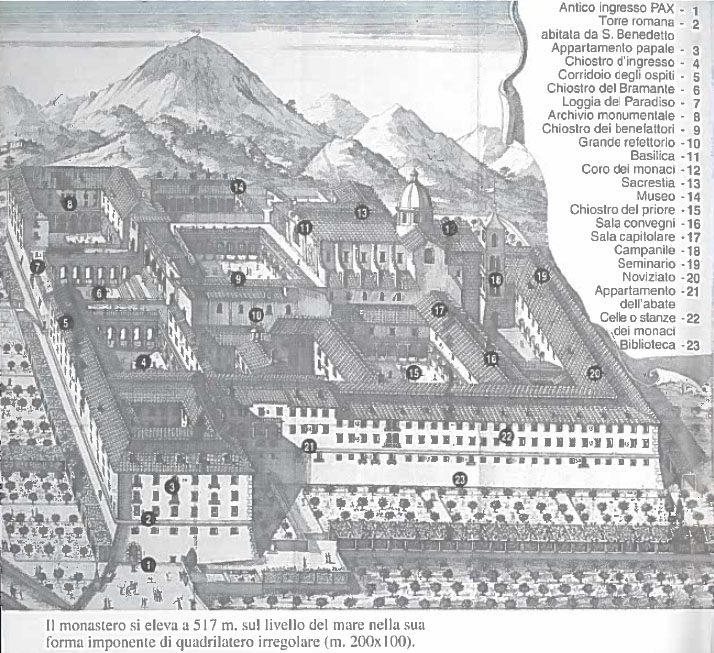
In 1057, Pope Victor II recognized the abbot of Monte Cassino as a priority over all the other abbots. Many monks were elevated to bishops and cardinals and three popes were drawn from the abbey: Stephen IX (1057–58), Victor III (1086–87) and Gelasius II (1118–19). During this period the monastery's chronicle was written by two of its members, Cardinal Leone di Ostia and Pietro the deacon (who also compiled the cartulary).

In the 13th century the decline of the monastery began. In 1239, Emperor Frederick II garrisoned the troops there during his war with the papacy. In 1322, Pope John XXII elevated the abbey to a bishopric, but this was suppressed in 1367. The buildings were destroyed by an earthquake in 1349 and in 1369 Pope Urban V asked for a contribution from all Benedictine monasteries to finance the reconstruction. In 1454 the abbey was placed under command and in 1504 it was subjected to the Abbey of Santa Giustina in Padua.

In 1799, Monte Cassino was again sacked by French troops during the French Revolutionary Wars. The abbey was dissolved by the Italian government in 1866. The building became a national monument with the monks as guardians of its treasures.
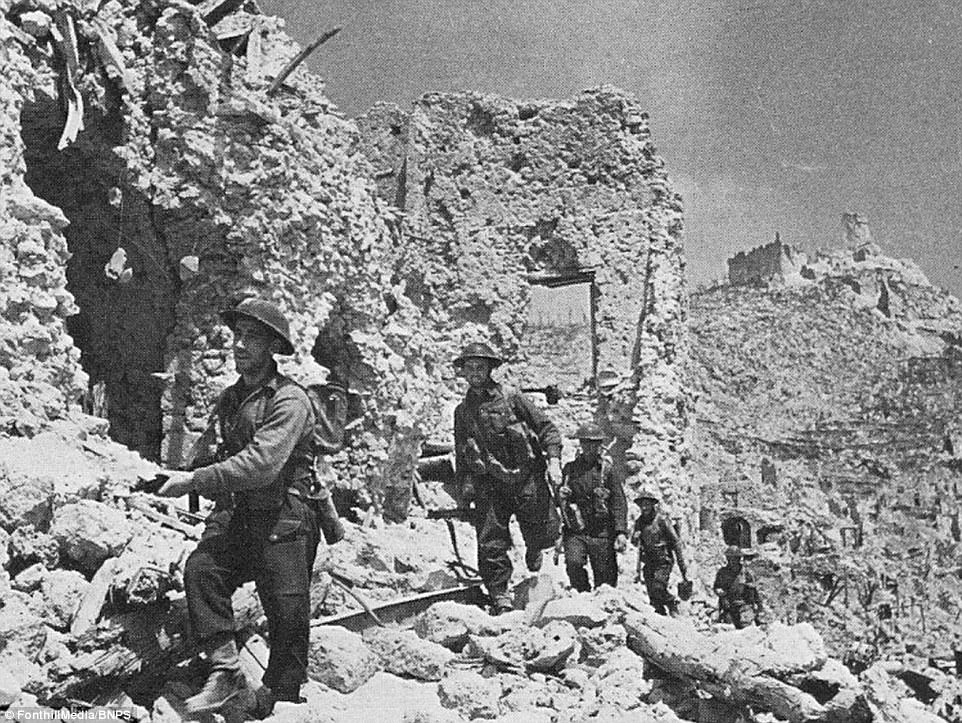
In 1944 during the Second World War it was the scene of the battle of Montecassino and the building was destroyed by Allied bombing.

It was rebuilt after the war, in fact what we see is not the original building.
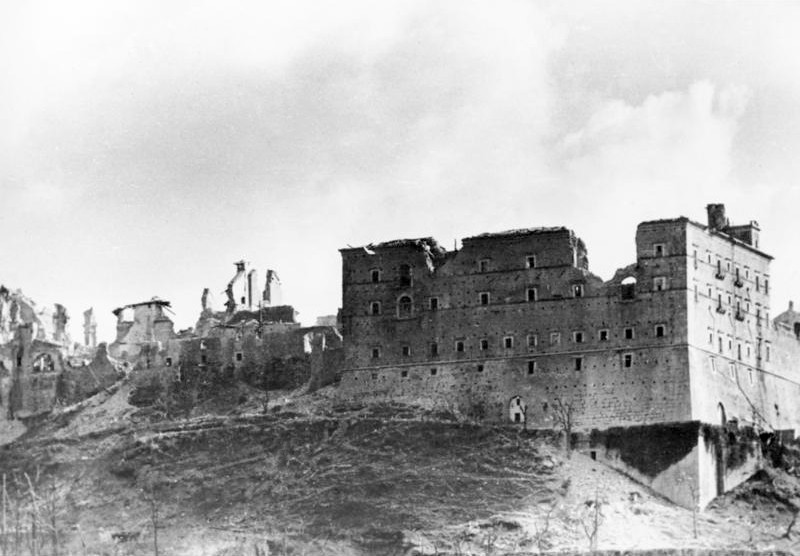
After the reforms of the Second Vatican Council, the monastery was one of the few remaining territorial abbeys within the Catholic Church.
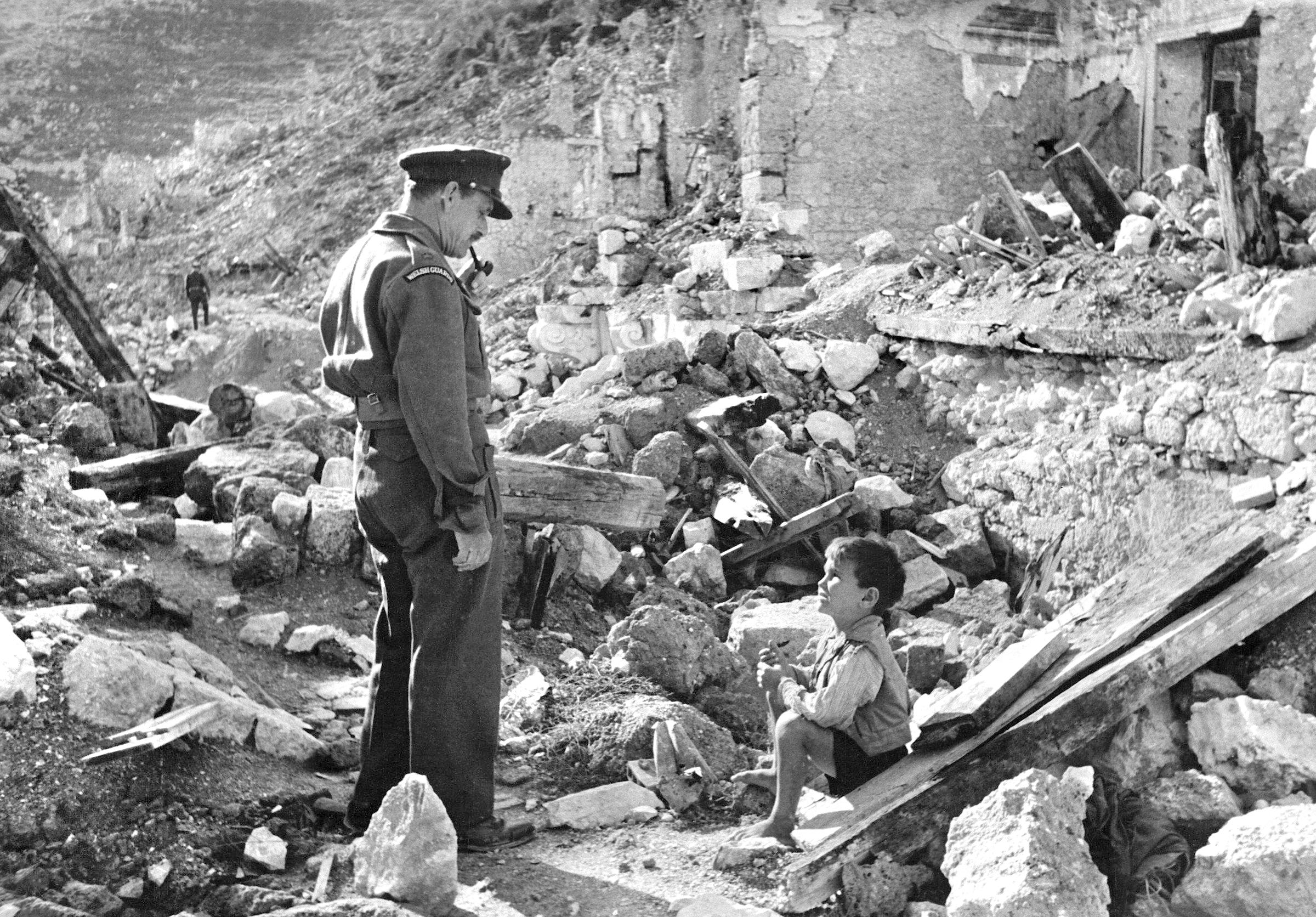
On 23 October 2014, Pope Francis applied the norms of Paul VI's motu proprio Ecclesia Catholica (1976) to the abbey, removing all 53 parishes from its jurisdiction and reducing its spiritual jurisdiction to the abbey itself - while maintaining its status. as a territorial abbey.

The former territory of the Abbey, with the exception of the land on which the abbey church and the monastery stand, was transferred to the diocese of Sora-Cassino-Aquino-Pontecorvo. At the same time Pope Francis has appointed Father Donato Ogliari as the new abbot who will serve as the 192nd successor of St. Benedict.
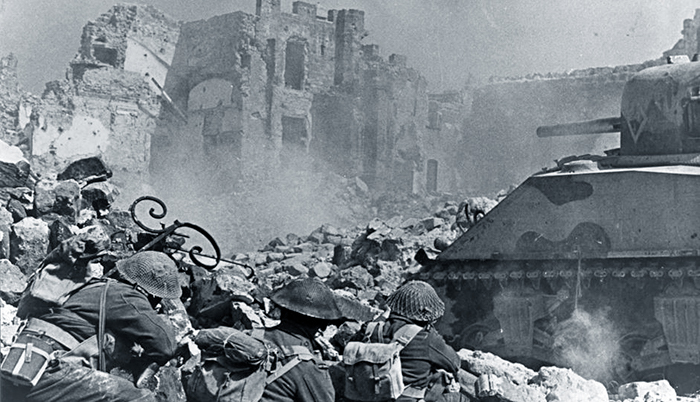
As of 2015, the monastic community is made up of thirteen monks.
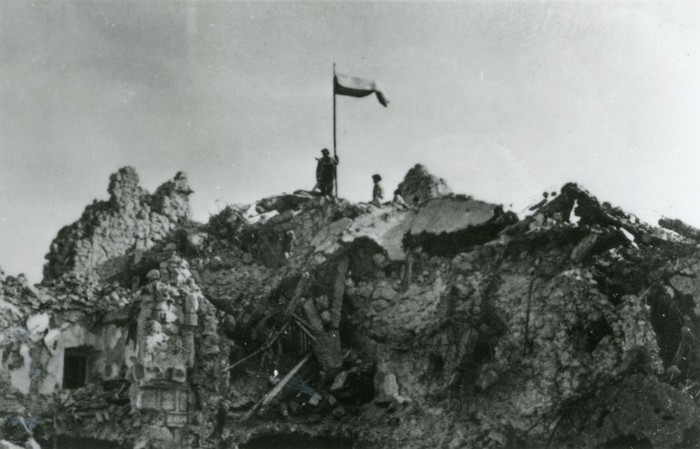
During the Second World War, the place became famous as the scene of the homonymous battle of Cassino, which took place in 1944, which among other things caused the destruction of the complex due to Allied bombing.
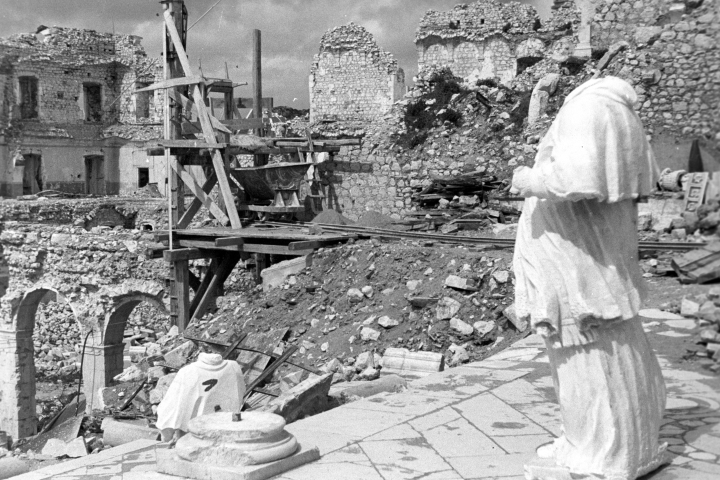
The abbey was later rebuilt after the end of the conflict.
The place was visited by various ecclesiastical authorities, including a visit by Pope Benedict XVI in May 2009.

In 2011 the book "Sentieri per Montecassino, guide to cultural mountain hiking" was published by the Italian Alpine Club.

Video: Montecassino
Map: Montecassino
Address: Via Montecassino, 03043
Cassino (FR) Lazio
Latitude: 41.48995901182867
Longitude: 13.81332278251648
Site: http://www.abbaziamontecassino...
vCard created by: MontecassinoWarTours
Currently owned by: MontecassinoWarTours
Type: Area
Function: Monastery
Creation date: 26-05-2022 02:22
Last update: 10/07/2023
